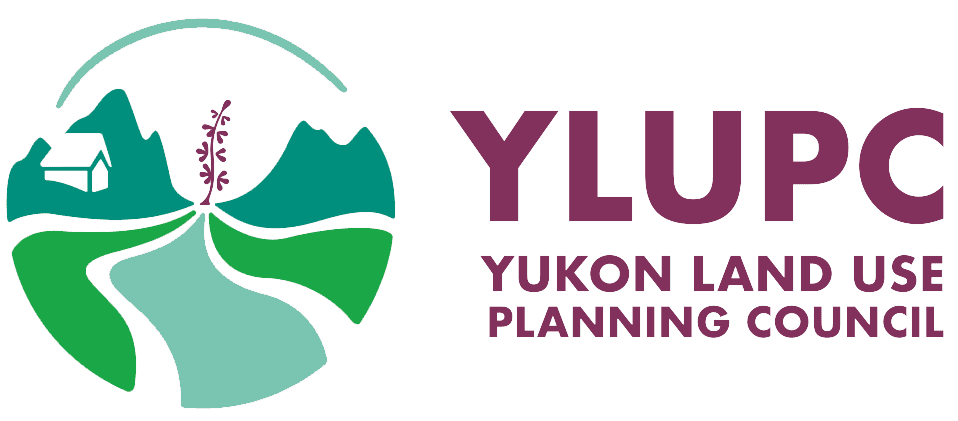Dave Loeks – Principal, TransNorthern Management Consulting Former Chairperson of the Peel Watershed Planning Commission
The Peel Watershed planning process provides lessons for future northern plans. These issues emerged: How strict and binding are the “rules of the game” provided by the Yukon’s Umbrella Final Agreement? What is the relationship of First Nations and the Yukon Government in “co-management” of public land? Has the public a democratic right to expect that its elected government should respect what the majority clearly desires? Who has the moral standing to have the final say?
For the Peel Planning Commission, the nub was how to recognize the public interest when fundamentally different world-views are in contest. The Berger Commission raised this in the 1970s and it has not gone away. The dominant (government) paradigm regards the northern landscape as a commodity; a collection of resources and economic benefits to be quantified and optimized. The challenger is a paradigm that is both newer and older. This alternative recognizes the land as meaning-rich, numinous … a sacred space. Widely held, it is not limited to First Nations. The dichotomy is much more than “competing uses,” and they cannot be compared in dollar units.
This presentation will examine the Peel planning region and why it is significant, the planning process, how the Commission articulated the public interest, and the subsequent court case. I will submit that the Yukon Government, by considering land as a commodity, advocated a special interest and not the public interest. I will present a template for filtering input to identify the public interest in northern landscapes, and a rationale for including a non-binding referendum as the final stage of consultation before governments approve, modify, or reject a Commission’s plan.
